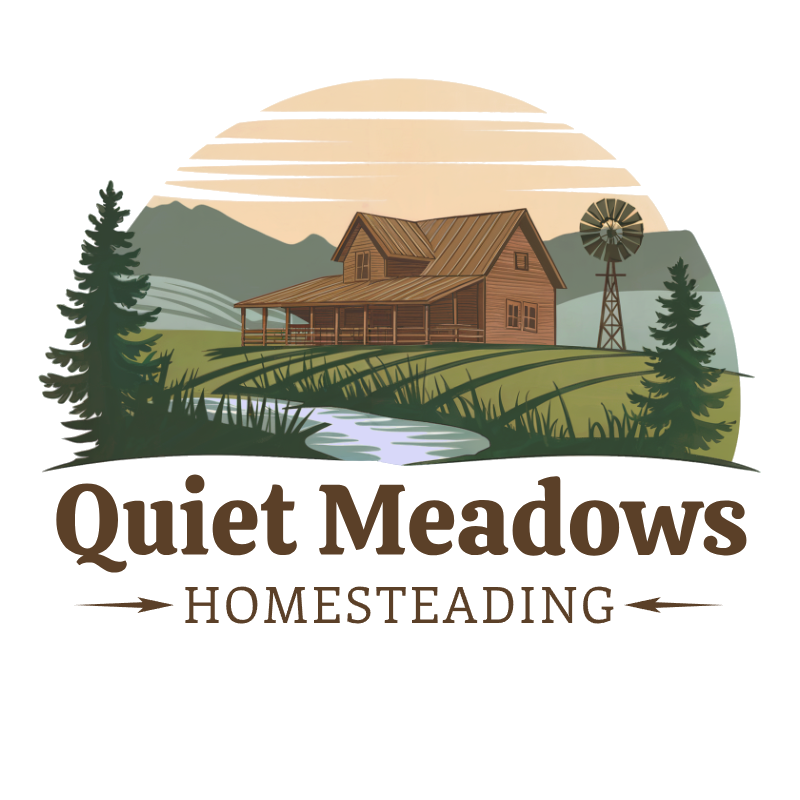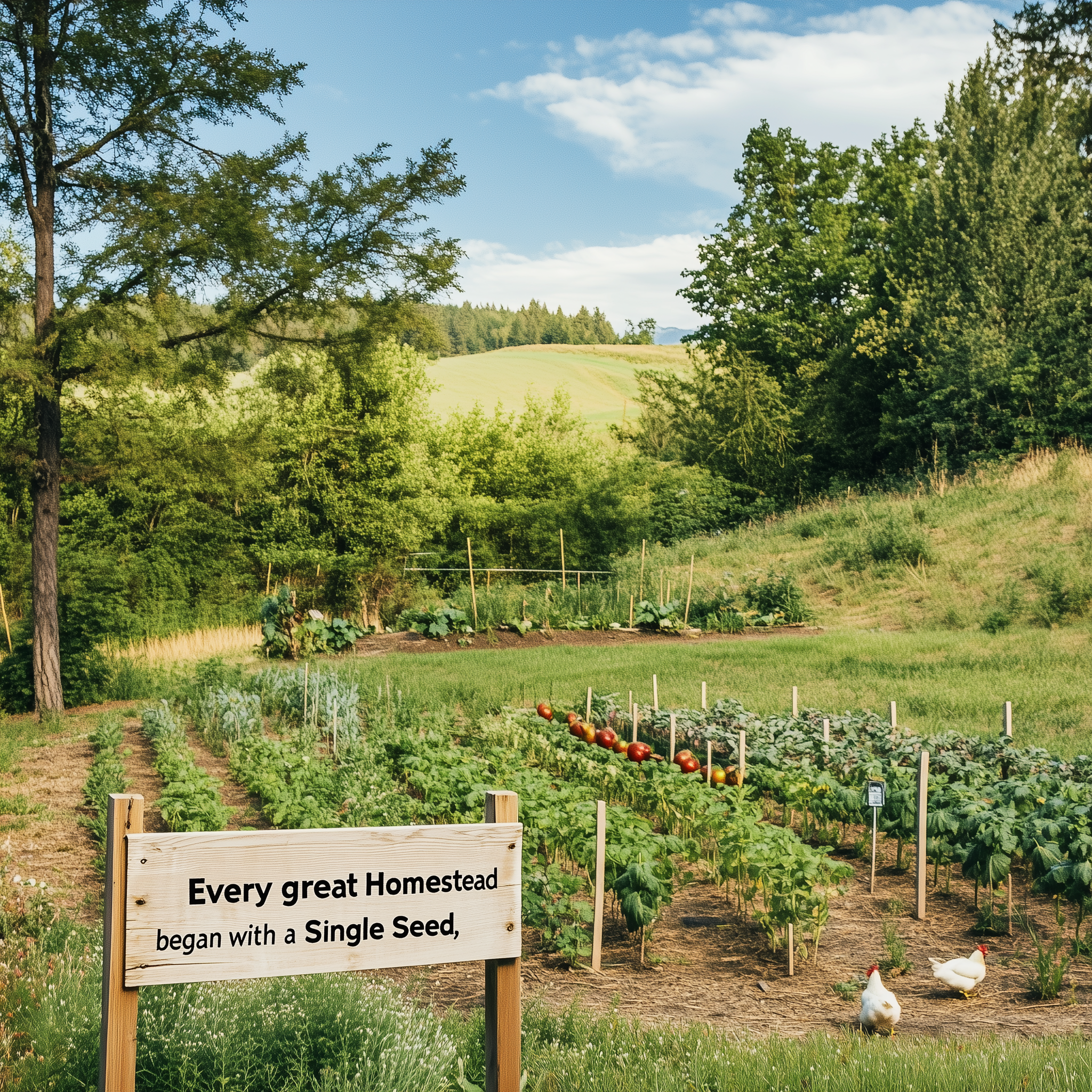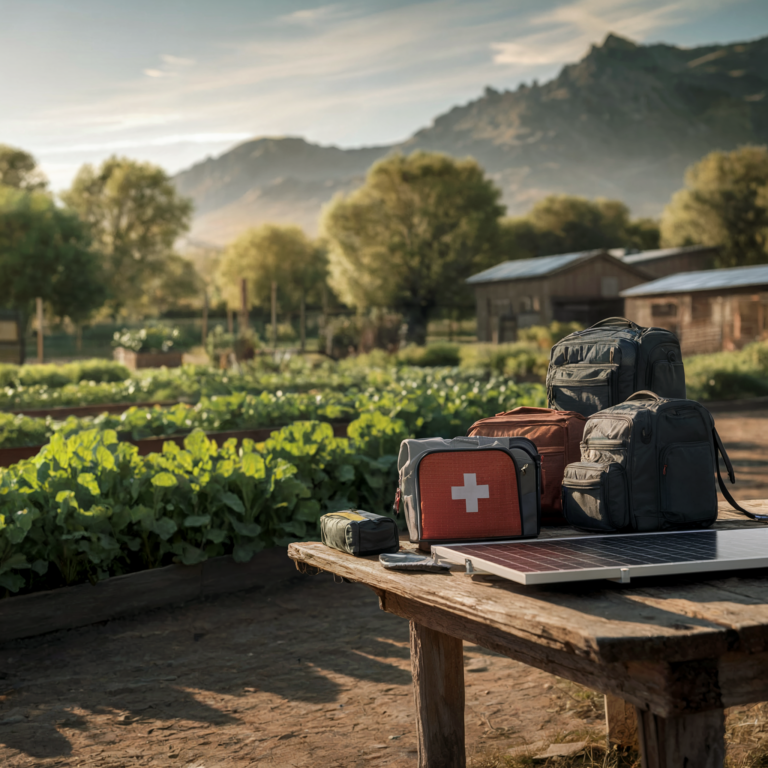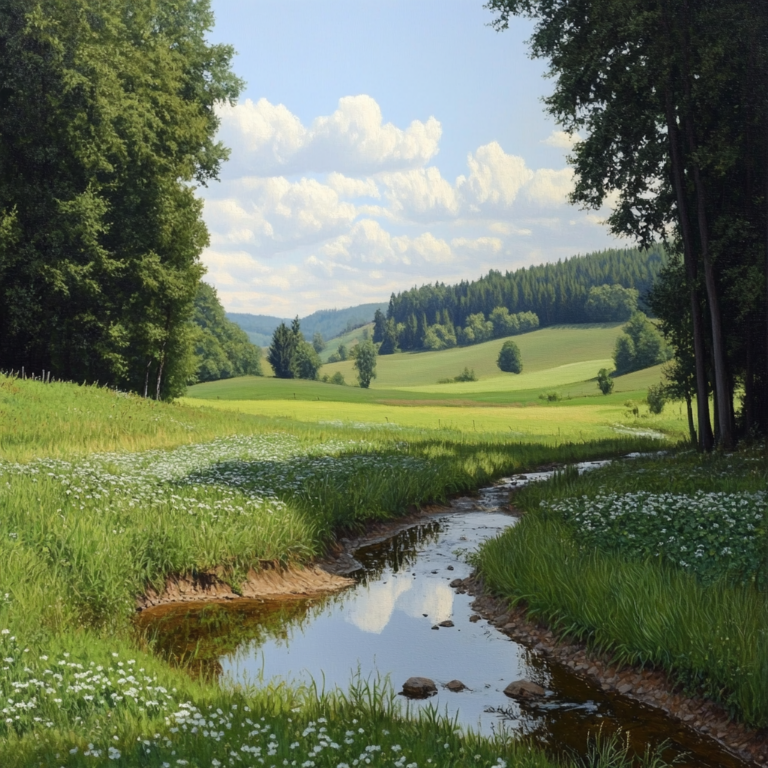We may earn a small commission when you purchase through our affiliate links. This helps fund Quiet Meadows Homesteading and our mission to promote self-reliance. We appreciate your support!
Have you ever dreamed of a life where fresh eggs greet you in the morning, and homegrown vegetables fill your dinner table? If you’ve been curious about homesteading but felt overwhelmed by where to begin, you’re not alone. Homesteading is an ongoing learning process. We are continually learning as we go. Some might call it “on-the-job training,” but I prefer to see it as an adventure!
What Does Homesteading Really Mean?
Homesteading isn’t about living in a far-off rural town with endless acres of land (although, it may be your ultimate goal). It’s about adopting a self-sufficient mindset—learning how to grow your own food, raise a few animals, and live more sustainably. Whether you have a small backyard, a balcony, or an abundance of acres, homesteading is a journey you can start today.
Assessing Your Situation and Setting Goals
Before you jump in, take a moment to look around at what you have. Maybe you have a modest backyard that could support a raised bed garden, or perhaps you’re working with a tiny urban space where a few potted herbs will do. Consider your budget and the time you can commit. The key here is to set realistic goals. Start small, and remember: Every great homestead begins with a single seed.
Exploring Core Areas of Homesteading
- Gardening:
Even if you’re new to gardening, start simple. Try growing herbs like basil or mint, or plant easy vegetables like lettuce and tomatoes. Gardening isn’t just about the food; it’s also a way to relieve stress, get exercise, and stay healthy. - Animal Care:
Think about raising a few chickens for fresh eggs or even small livestock if you have the space. The idea isn’t to jump into full-scale farming right away—it’s about learning the basics of animal care, one step at a time. - Food Preservation and DIY Projects:
Homesteading is also about preserving what you grow. Whether it’s canning tomatoes or dehydrating fruits, learning how to store your harvest will be invaluable. And don’t worry—DIY projects like building raised beds or compost bins can be as simple or as elaborate as you want.
Essential Tools and Resources
You don’t need an expensive toolkit to get started. A few basic tools, a reliable source of seeds, and a willingness to learn will set you on the right path. I’m working on a list of my favorite starter tools and resources on my website to help you avoid wasting money on gadgets you won’t use. I will let you know when that is completed.
Learning from Mistakes
Let’s be real: things will go wrong. Your first garden might flop, your first batch of bread may be rock solid, or your chickens might even outsmart you. But every mistake is a lesson. Homesteading is a continuous learning process, and each setback brings you closer to success. Embrace the journey—even the missteps adds to the adventure.
Taking Action
So, what should you do today? Here are a few simple steps:
- Start small: Plant a container garden or set up a single raised bed.
- Choose one skill: Don’t try to do everything at once. Focus on one aspect, whether it’s growing a few herbs or learning to care for chickens.
- Stay curious: Follow blogs, join local groups, and don’t be afraid to ask questions.
- Download your free Homesteading Starter Guide: Soon I will be putting together a checklist that breaks down the very basics to help you kickstart your journey.
What’s Next?
This post is just the beginning. In upcoming posts, I’ll dive deeper into each aspect of homesteading—from in-depth gardening tips to hydroponics and DIY projects that make a real difference. There’s so much more to explore, and I’m excited to share what I learn along the way.
I’d love to hear from you—what’s your first homesteading goal? Leave a comment below, and let’s continue learning together.




